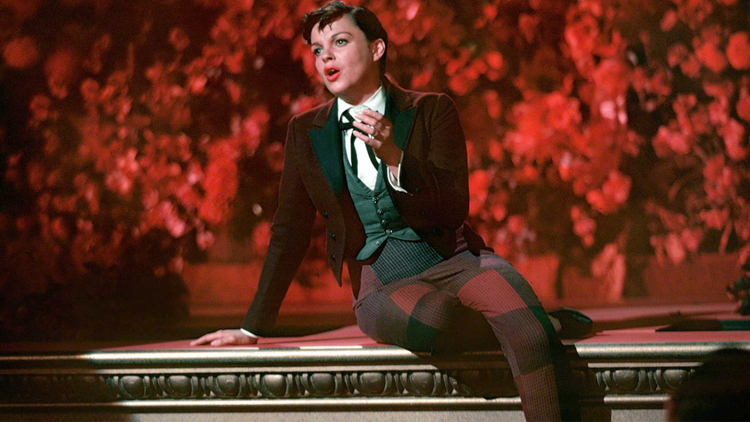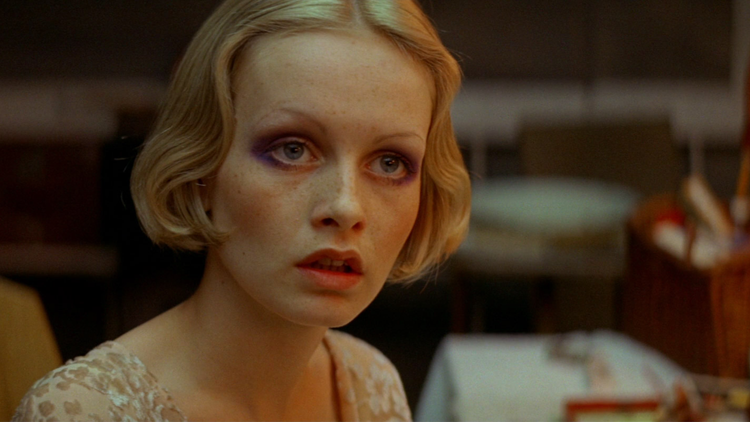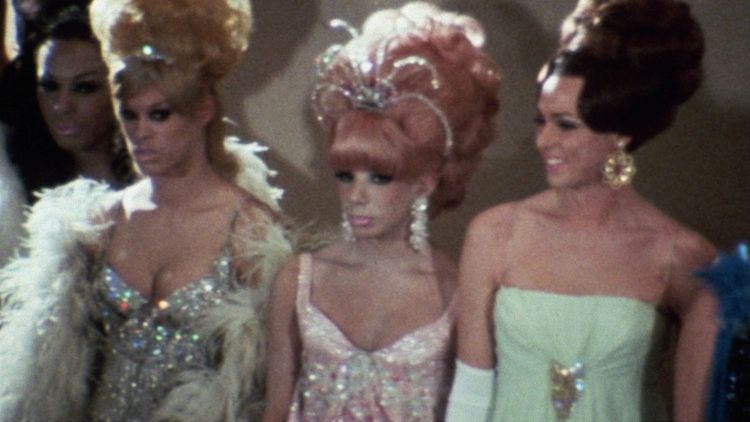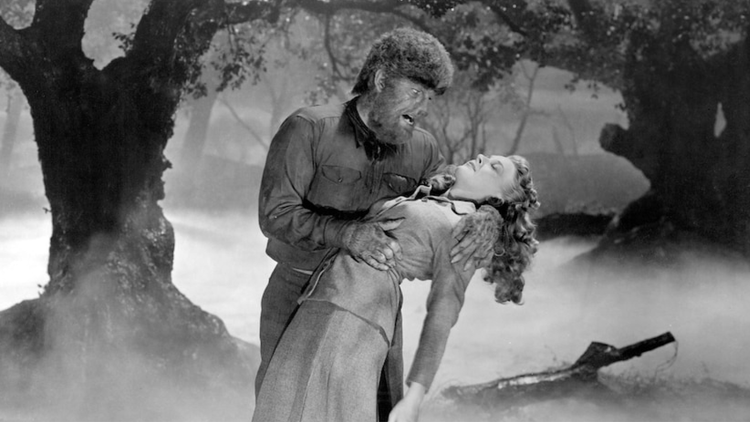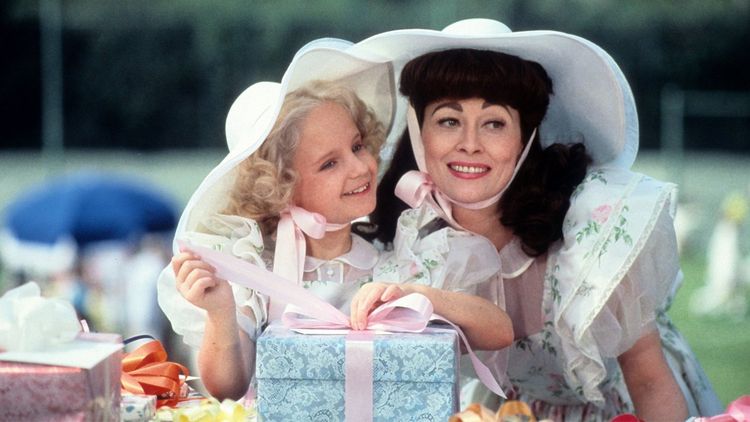'Devil In The Blue Dress' is a noir diving into the seedy underbelly of the American Dream
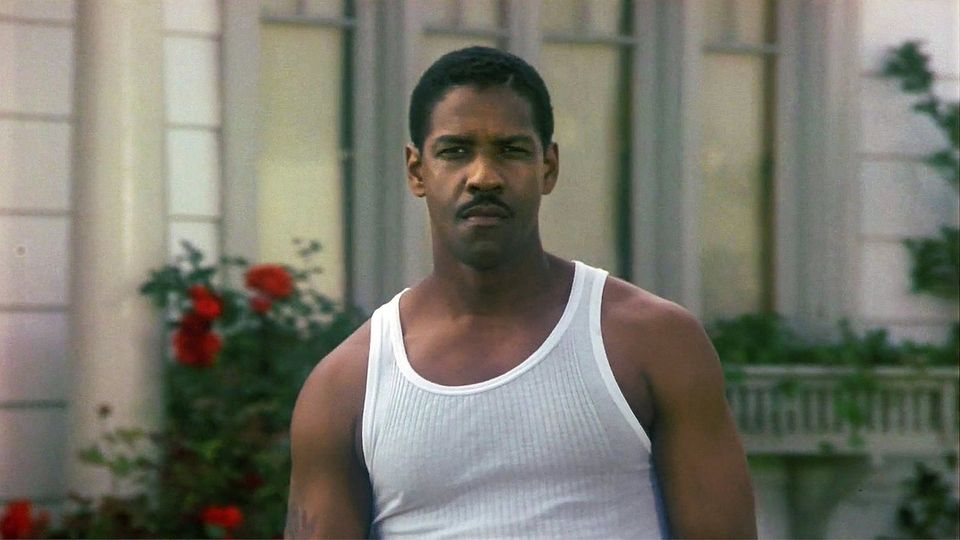
‘Neo-noir’ is a fitting description for Devil In A Blue Dress (1995), a sexy and stylish film that is both a tribute and corrective to the type of hard-bitten detective movies that proliferated after the Second World War.
Combining the dramatic lighting and Dutch angles of German Expressionism with the plots of paperback pulp fiction, original film noir created a world in which morals were usually compromised, heroes were often anti-heroes, and no one could be trusted. Even if the mystery got tied up by the time the credits rolled, happy endings were rarely ‘happy’ in that the whole system was corrupt to its core (this was the major difference between American crime fiction and British mysteries at the time, which portrayed a cozy world of garden parties and country estates that would return to normal once the bad guy was caught).
There was also some anxiety that women had gained too much independence and sophistication during WWII - many movies captured the spirit that Rosie the Riveter had to be taken down a peg - which led to a slew of ‘bad women’ movies post-1945 in various genres, particularly in noir, hence the cliche of the “femme fatale”.
From its genre-appropriate title and jazz-scored opening to Denzel Washington’s voiceover narration, Devil in a Blue Dress from the get-go takes the conventions of noir sincerely. It’s the summer of 1948. Cars are big and shiny and so are Americans’ dreams. Washington plays Ezekiel “Easy” Rawlins, a veteran living on an idyllic palm-lined street in Los Angeles.
Easy works at an aircraft factory, that is, until his white boss fires him for not taking on overtime shifts, something for which - as Easy points out - he never seems to reprimand white employees. Easy is desperate for money in order to keep paying his mortgage or risk losing his house, but he has his pride. He even goes so far as to boldly correct his boss when he calls him “fella”: “My name is not ‘fella’. My name is Ezekiel Rawlins.”
The movie takes the classic film noir setup - the down-on-his-luck hero in need of quick cash - and breathes life into it with the realities of American racism.
The ugly truth is that, despite the US government encouraging them to fight fascism overseas, returning Black servicemen were rarely treated as heroes back home. In fact, they were systematically cut off from the benefits of the GI Bill, which helped a generation of white men go to college, buy homes and lift their families into the middle class. Black veterans, in contrast, were excluded from segregated universities and job training programs, along with buying homes in the fast-growing suburbs which were, by design, all white.
At a moment in history when the United States could have demonstrated it truly was the ‘Land of the Free’ in contrast to fallen European dictatorships, it instead chose to lock a whole segment of its own citizens out of the ‘American Dream’. Due to the outsized influence of inherited generational wealth, we still see the ramifications of these decisions today.
With this in mind, it’s easy to see why Easy is so eager to hold onto his home and his fragile economic security. When he meets a gangster named Dewitt Albright (played by Tom Sizemore) it doesn’t matter how obviously sketchy he is or the opaqueness of his proposition - he is looking for someone to track down the missing girlfriend of a millionaire running for mayor. Due to all of these circumstances outside of his control, Easy has to take the job.
The mission takes Easy though LA neighbourhoods both Black and white, to secret speakeasies in the backs of general stores, to the opulent halls of power, and ultimately to cabins where nothing good happens hidden up in the Hollywood Hills. It’s no surprise when bodies start piling up and Easy becomes the go-to scapegoat for the racist, corrupt LAPD.
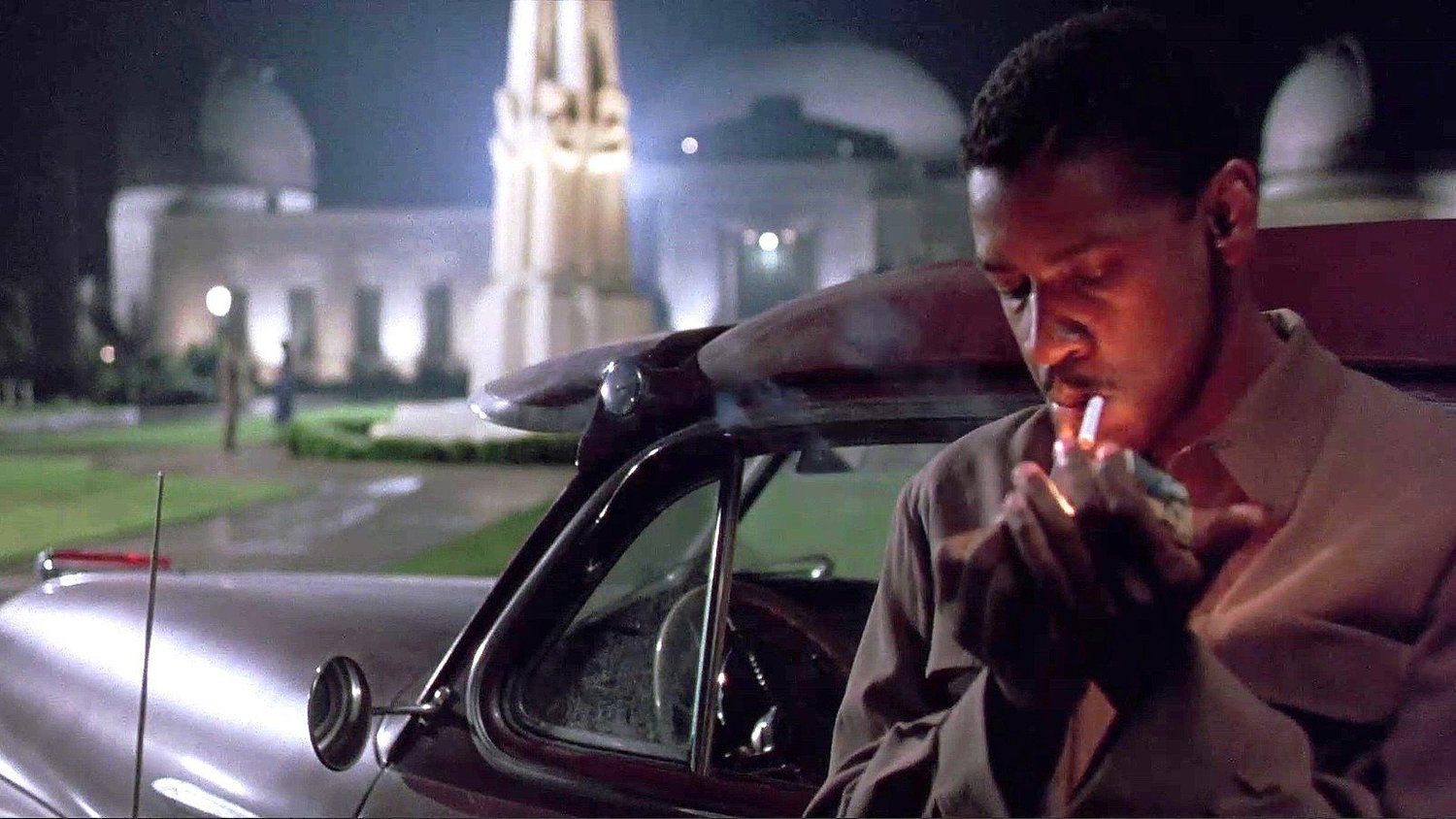
As the mystery further entangles him, he enlists his trigger-happy friend Raymond 'Mouse' Alexander (Don Cheadle), who acts as both Easy’s foil and the movie’s comic relief. The plot really picks up when Easy and Mouse, with nowhere else to turn in a system that is stacked against them in every direction, take back their agency and turn the tables on the cops and the gangsters at the same time.
As promised by the title, we do eventually meet a seductive femme fatale and she does in fact wear a blue dress, but things are not what they seem. Throughout the film, the far-reaching pervasiveness of American racism (including the final twist at the end) is the real ‘devil’ of the picture.
Along with Westerns and spy thrillers, film noir is a Hollywood genre that never really goes away. In fact, considering Chinatown (1974) - a clear influence on this movie - was made two decades earlier, you could even call Devil in a Blue Dress a second-generation neo-noir. And for those less-enamoured of retro things than myself, the obvious question is: Why keep recycling the past? Sure, you can mimic the cinematic style of 1948, but for what purpose?
My answer: some revivals work not because the filmmakers want to show us how cool the past was according to movies, but rather how not cool it was in reality. This holds especially true for audience members who do not have to live personally with the present-day realities of racism.
By bringing Black characters from the period to the fore and not shying away from the ugliness of racism, Devil in a Blue Dress demonstrates there’s merit in dragging a traditionally black and white genre into the world with colour.
Devil in a Blue Dress screens at the TIFF Lightbox on Tuesday, April 26th at 7pm as part of the Books on Film series.
Max Mosher is a writer and communications specialist. He is a Senior Staff Writer and Old Hollywood Correspondent for The Town. You can follow him on Instagram.

